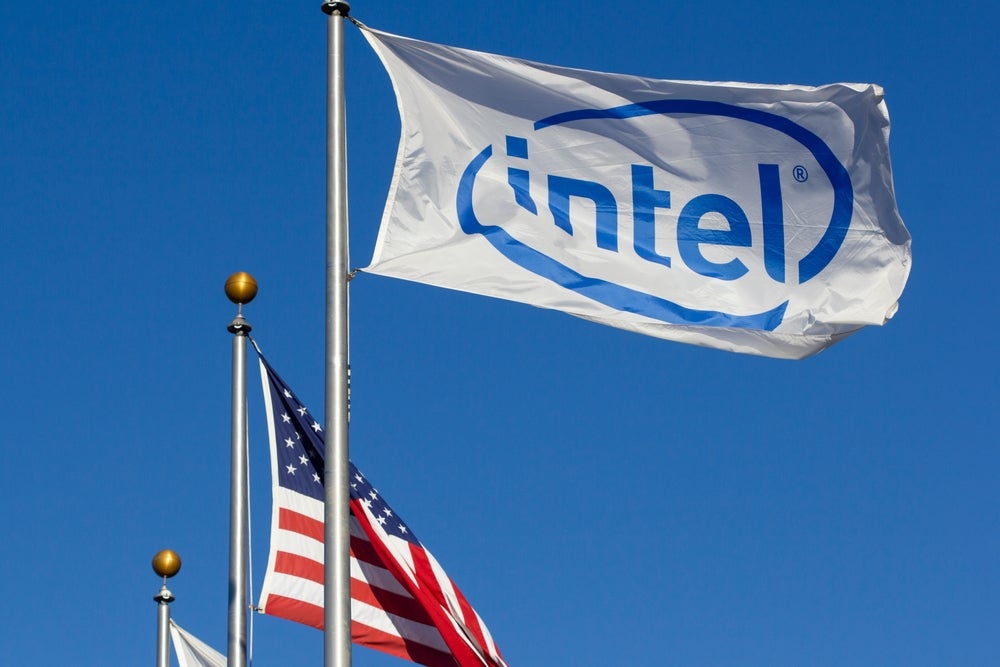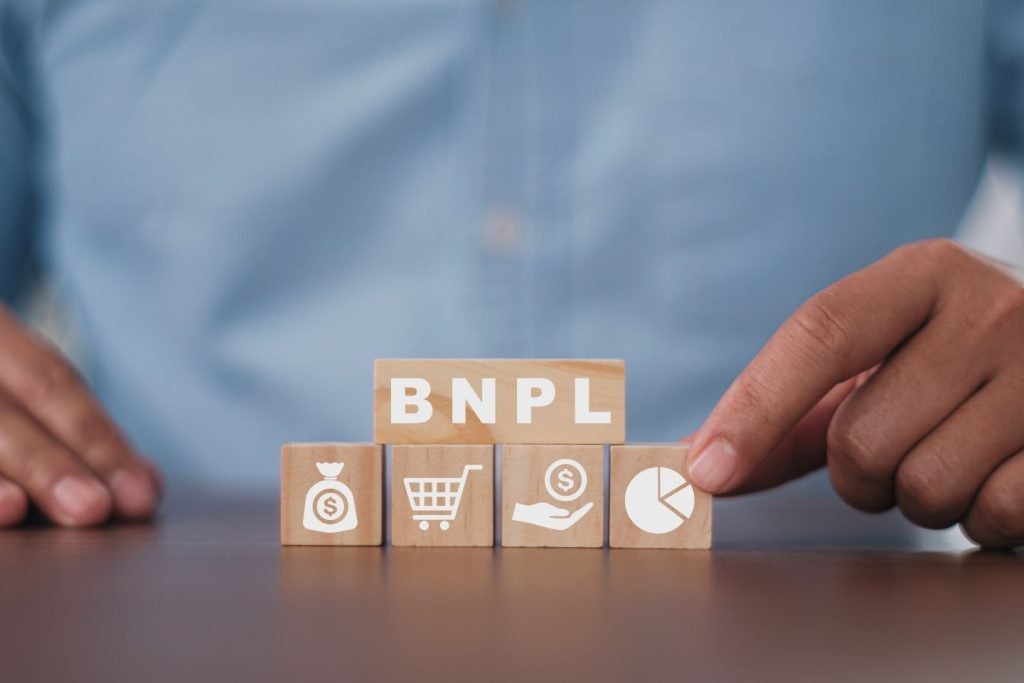Whoop has filed a patent for a computer program product that operates a wearable, continuous physiological monitoring system. The program analyzes time domain data of a physiological signal to detect peaks and evaluate the signal’s correspondence to an expected shape. This allows for accurate physiological inferences across various user-specific contexts. GlobalData’s report on Whoop gives a 360-degree view of the company including its patenting strategy. Buy the report here.
According to GlobalData’s company profile on Whoop, Treatment progress monitoring was a key innovation area identified from patents. Whoop's grant share as of September 2023 was 27%. Grant share is based on the ratio of number of grants to total number of patents.
Wearable physiological monitoring system with peak detection and analysis
A recently filed patent (Publication Number: US20230293084A1) describes a computer program product for operating a wearable, continuous physiological monitoring system. The computer program product includes executable code that performs various steps when executed on the monitoring system. These steps include storing a window of time domain data for a physiological signal, detecting first and second peaks in the signal using a time domain process, evaluating the quality of the time domain data by comparing the peak shape to an expected shape, locally refining the peak positions, and calculating a physiological interval based on the time between the peaks. The calculated interval is then stored along with a quality flag based on the evaluated quality.
In one embodiment, the physiological signal being monitored is a heart rate signal. The evaluation of the time domain data quality includes conditionally labeling the data as low-RR-quality when the difference in amplitudes between the first and second local maxima falls within a predetermined threshold.
The patent also describes a method that includes similar steps to the computer program product. The method involves storing a window of time domain data, detecting and refining peak positions, and calculating a physiological interval based on the time between the peaks. The method may also include evaluating the quality of the time domain data, conditionally calculating the physiological interval based on the quality, and storing a quality flag.
Additionally, the patent describes a system that includes a wearable housing, one or more sensors for capturing physiological data, and a processor. The processor is configured to perform the steps of storing time domain data, detecting and refining peak positions, and calculating a physiological interval based on the time between the peaks. The processor may also evaluate the quality of the time domain data, conditionally calculate the physiological interval, and store a quality flag.
Overall, this patent describes a computer program product, method, and system for operating a wearable, continuous physiological monitoring system. The system is capable of accurately detecting and refining peak positions in a physiological signal, evaluating the quality of the data, and calculating physiological intervals based on the detected peaks. This technology has potential applications in various fields, particularly in healthcare and fitness monitoring.
To know more about GlobalData’s detailed insights on Whoop, buy the report here.
Data Insights
From

The gold standard of business intelligence.
Blending expert knowledge with cutting-edge technology, GlobalData’s unrivalled proprietary data will enable you to decode what’s happening in your market. You can make better informed decisions and gain a future-proof advantage over your competitors.







